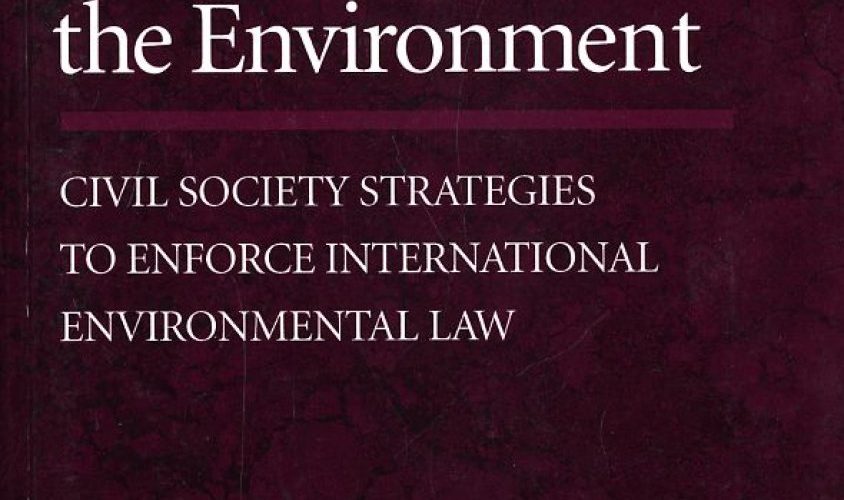An Introduction to Environmental Law and Policy in Canada is the perfect book for university or even high-school students who want to understand the basic language of environmental debate. From an outline of environmental protection regimes to endangered species issues and environmental assessment, this text covers a diverse range of themes, and is marked by clear writing and effective explanations.
An Introduction to Environmental Law and Policy in Canada is the perfect book for university or even high-school students who want to understand the basic language of environmental debate. From an outline of environmental protection regimes to endangered species issues and environmental assessment, this text covers a diverse range of themes, and is marked by clear writing and effective explanations.
Quite literally, this text has something for everyone: Aboriginal jurisdiction, the making of laws, international law, and law enforcement in particular problem areas such as nuclear energy, mining, fisheries and watershed planning. It may not, however, hold the interest of students in these abstract concepts.
The short section on the Alberta tar sands, for example, could have been written to include a compelling account of the region’s development. Instead, the treatment is cerebral, but conveys little of the excitement that attracts young people to environmental issues in Canada. This book is a good starting point for someone who wants to enter into the debate in a knowledgeable way, but not one that will engender commitment from its readers.
Defending the Environment, co-authored by Linda Malone, a professor of law at the College of William and Mary in Virginia, and Scott Pasternack, senior counsel at the New York City Law Department, is a more advanced and complex volume. Its focus on international environmental legal structures, standards and law is aimed at sophisticated readers, and seems designed to encourage strategic thinking among those who are already working in the field.
In its pages, lawyers and reformers will find ideas and inspiration to think in new and innovative ways about international mechanisms that could improve environmental protection and control in individual countries. Working at a practical as well as a theoretical level, it provides the “what, how, when, where, and why for resolving environmental and public health problems in the face of international courts, tribunals, commissions, committees, secretariats and … their domestic counterparts.” This may sound boring. But running through the book are examples of particular cases where environmental issues were brought to international decision-making bodies that, for the most part, were not designed to deal with such issues. And that is exciting.
As a lawyer myself, I could not read these case studies without thinking, “Maybe I, along with my activist clients, could do something similar.” And one suspects that this is precisely what the authors intended.
The struggle for the environment is full of imaginative efforts that sometimes succeed and sometimes do not. Who would have thought, for instance, that the enforcement of international environmental law could take place through institutions that provide dispute-resolution processes for concerned citizens who can argue that a particular project, funded by an international finance and trade institution, fails to comply with an environmental or public-health standard accepted by that institution? But these and other examples of unusual attempts to bring international institutions under pressure with respect to environmental protection are an important part of this book.
Equally, the authors highlight that it is extremely important for environmentalists to have input into new trade and investment dispute-resolution mechanisms in order to make sure that the latter are able to deal effectively with environmental issues and the impact of globalization. Canada’s “free trade” agreement with the United States has already been a focus of such attempts and we can expect that it will not be the last. In short, this book is a treasure chest of ideas that have been tried around the world, and that we now need to think about, adapt and apply in Canada.
An Introduction to Environmental Law and Policy in Canada, Paul Muldoon, Alastair R. Lucas, Robert Gibson and Peter Pickfield, Toronto: Emond Montgomery Publications, 2009, 256 pages
Defending the Environment: Civil Society Strategies to Enforce International Environmental Law, Linda A. Malone and Scott Pasternack, Washington, DC: Island Press, 2006, 359 pages
This review was originally published in Books from the Deep Green, Issue 35.3. Subscribe now to get more book reviews in your mailbox!
Reviewer Information
Clayton Ruby is a barrister and solicitor in Toronto, whose practice often reflects environmental and animal-rights concerns.













